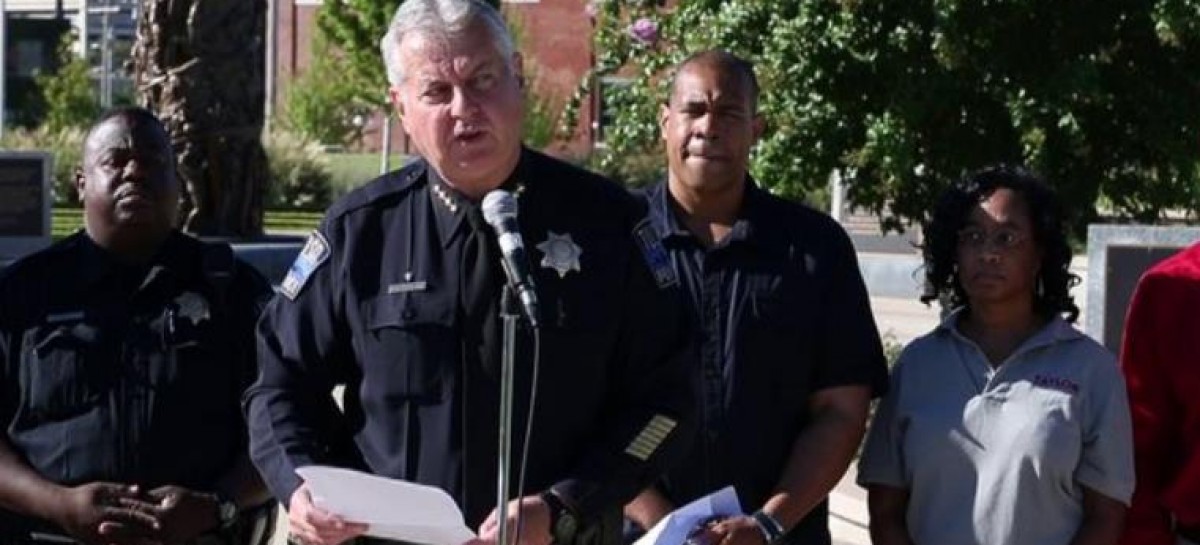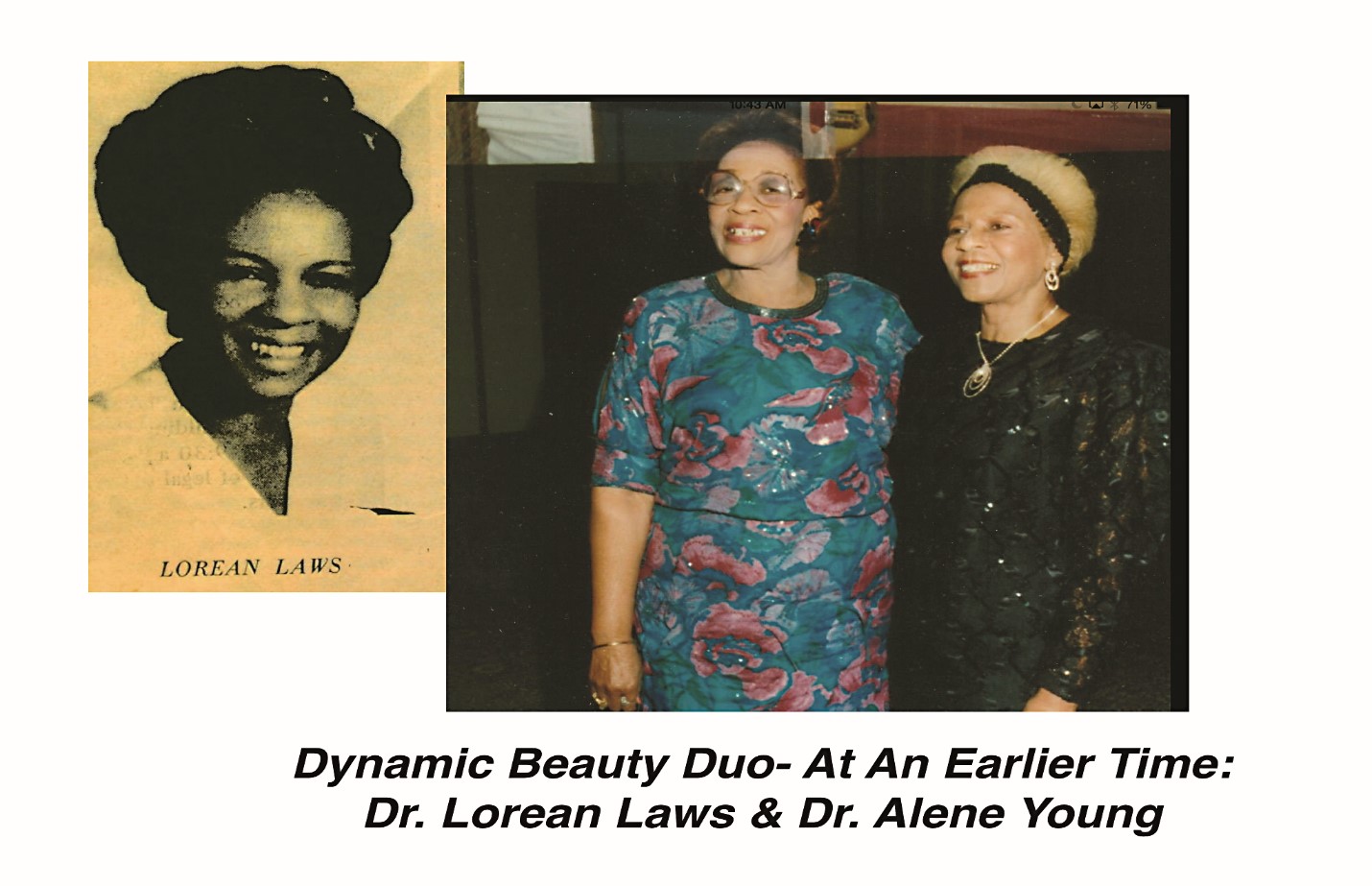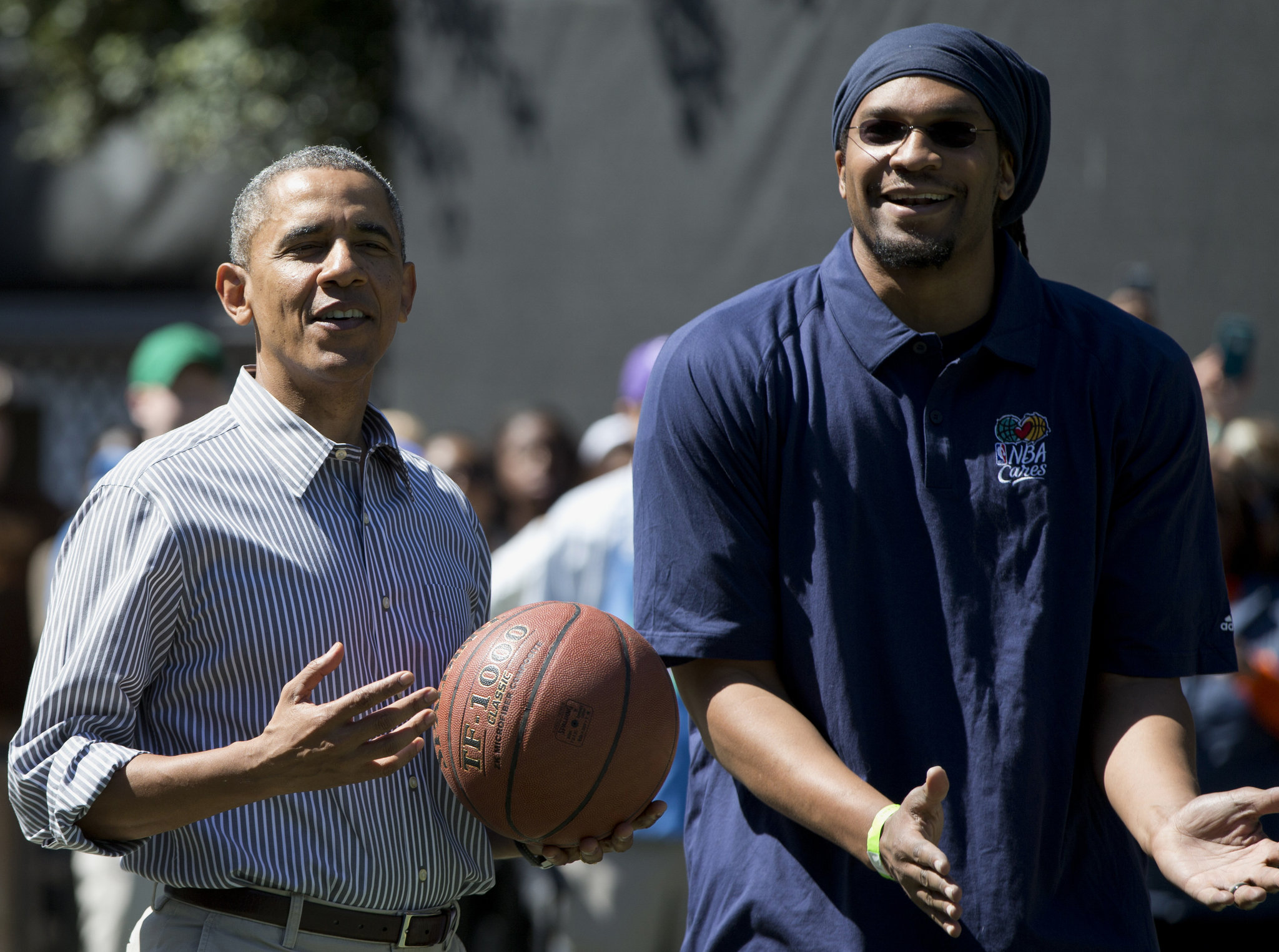
The Oklahoma Eagle Editorial 6/8/2017
Nationwide, black people are arrested at higher rates than white people. In 2014, the NAACP reported African Americans were incarcerated at nearly six times the rate of whites.
Similarly, in August 2014, USA TODAY reported that of the 3538 police departments it surveyed, only 173 examined arrested black people at a rate equal to or lower than other racial groups. According to USA TODAY, blacks are more likely than others to be arrested in almost every city for almost every type of crime. Data from 3362 police departments prove that blacks are far more likely to be arrested than any other racial group in the USA.
Tulsa is one of those 3362 cities. Locally, the Tulsa World conducted its own analysis and reported, just this week, that in 2016, while black people comprise only12 to15 percent of the Tulsa population, they accounted for 21 percent of the citations issued by Tulsa Police. Tulsa Police arrested and cited black people at rates greater than others in the past five years.
Whatever the reasons, the results are the same; Tulsa Police officers arrest black people at more than two times that of non-black people. In other words, the Tulsa police are in line with the national practices.
What are the reasons for the disparity? Tulsa Police Chief Chuck Jordan thinks he has the answer:
“I don’t think one can ‘make an assumption’ that arrest and citation rates have to match a municipality’s population demographics… I suspect we have a socioeconomic factor as far as arrests… I think you have a portion of the community that is somewhat disenfranchised, and a portion of the community that is not at the same economic level…I think history has proven that we’re going to have more crime problems from that {black} community…
I think that’s a societal problem that I absolutely think we need to fix. I’m a firm believer that if we are able to level the playing field economically, a lot of this other stuff is going to go away…
The vast majority of arrests are non-discretionary — meaning a victim has identified a suspect or the person has an outstanding warrant for fines, citations or crimes…”
What’s wrong with this picture?
Does Chief Jordan’s socioeconomic factor explain why Terence Crutcher, a black man, was shot to death by a white police officer? The jury acquitted Officer Betty but it’s foreman said the unanswered question was whether she was properly trained.
Chief Jordan makes no mention of the need for proper police training when white cops interact with black people. But Jordan was put on notice by jury foreman in the Shelby homicide trial that proper police training is an issue. Nor did the Chief address the issue of implied bias which police officers bring to the job.
Proper training of police officers embodied in training of police officers and implied biases are two issues which researchers nationally maintained materially contribute to racial disparity when police officers interact with black people.
Does implied bias exist in Tulsa? Mayor T.C. Bynum says yes:
“We have to acknowledge that a divide exists in our city. We can’t work to address it until we acknowledge it exists. We have a long way to go as a city when there is a 10-year life expectancy disparity between the most predominantly African American part of our city and the rest of our city.
We have a long way to go as a city when one part of our city is synonymous with an entire race. We have a long way to go as a city when people keep expecting lawlessness from African Americans in response to an incident or a verdict. I would remind Tulsans that our history shows us African Americans in Tulsa have not been the instigators of lawlessness and riots; they have been the victims of them. So, I would ask that we not keep assuming the worst from a part of our community that has been exposed to the worst in this city’s history. We acknowledge the divide, and we acknowledge the long, difficult road that we have as a city to equity.”
An abundance of research finds that beliefs about dangerousness and threats to public safety overlap with individual perceptions about people of color. Was that Shelby’s problem?
Most African Americans and Hispanics are no more likely to engage in crime than are most white and Asian Americans. Most people who suffer the socioeconomic factor to which Chief Jordan relies focus their energies on living their lives just as other people do, but with the added burden of overcoming the special difficulties that come with their position in the social structure.
In 2015, Chief Jordan joined a national organization calling for an end to unnecessary incarceration while also keeping communities safe. Other cities represented include New York, Los Angeles, Chicago, Dallas, Washington, Miami and Seattle. The group is a project of the Brennan Center for Justice at the New York University School of Law.
We applaud his initiative but we now urge him to be up front also with the pubic and get in lock step with the Mayor.










